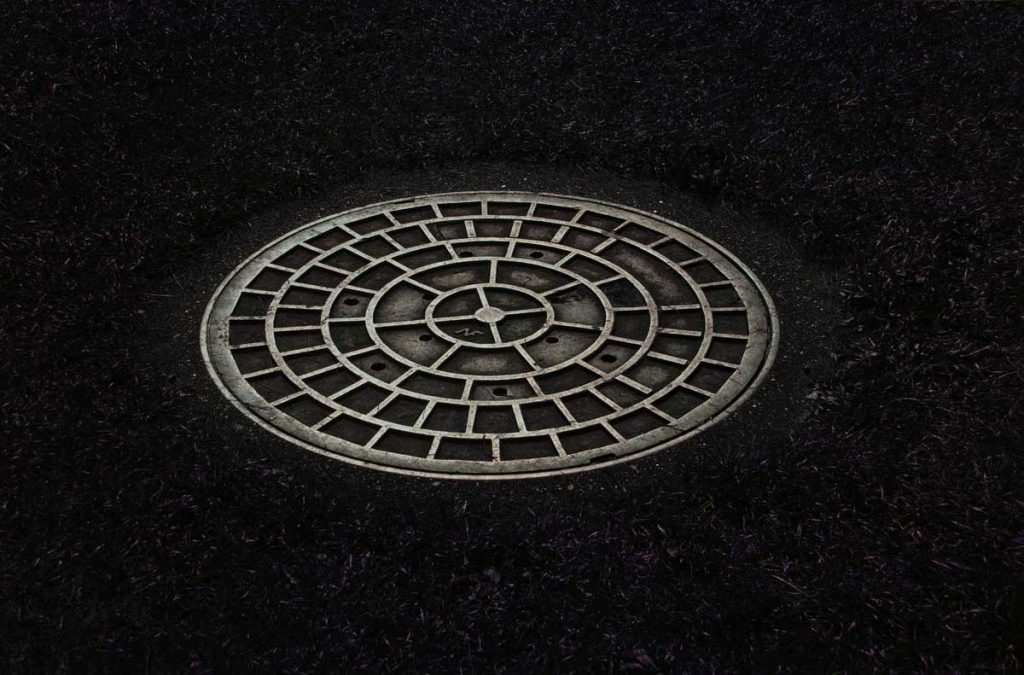Semi-finalist 2024
| Submitted by: | Julia van der Merwe |
| Department: | Renewable Resources |
| Faculty: | Agricultural, Life & Environmental Sciences (ALES) |
Aquatic insects use polarized light to find water, where they live, mate and breed. In nature, the strongest producer of polarized light is water. Today’s anthropogenic world creates much confusion for these insects, as objects like vehicles, glass buildings, plastics, solar panels, and even manhole covers, all produce polarized light of their own. A seemingly ordinary object to us, manhole covers are just one of many objects in our industrialized environment that draw these insects away from water, where they perish on the hot surfaces heated by the sun. In a world with growing urbanization, and increasing temperatures, could these small but numerous creatures be dwindling right under our noses?
My research will determine the spatial extent of these polarized surfaces in the City of Edmonton, and to what extent these polarized surfaces are impacting the population of aquatic insect species in the area. The focus will be on Corixidae, as the large biomass flux of these species in the spring and the fall nourish fish and bird species found in the North Saskatchewan River. The loss of these small but mighty insects would negatively affect the entire aquatic ecosystem.
Was your image created using Generative AI?
No.
How was your image created?
This image was created using a polarized light filter on a Nikon D80 camera. Two images were taken; one at maximum glint brightness and one at minimum glint brightness. The images were overlaid in Photoshop and the minimum glint image was “subtracted” from the maximum glint image, creating an image of the difference in pixels. The resulting image shows only the polarized surface of the object; how aquatic insects view our manufactured world.

